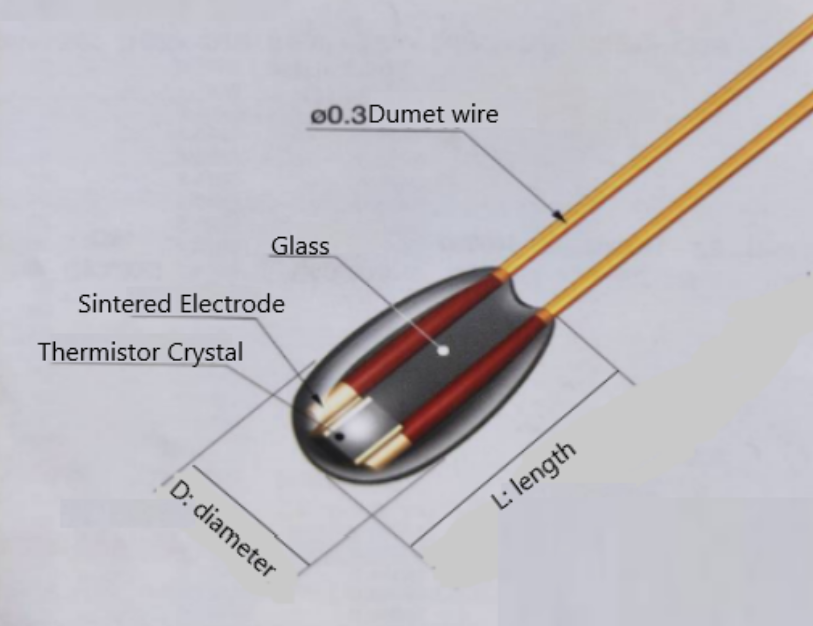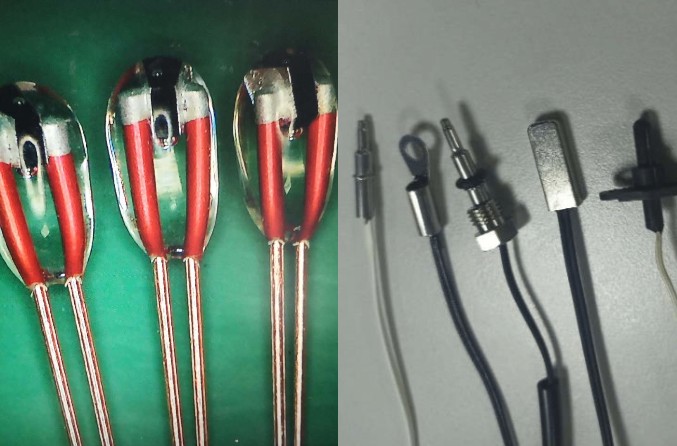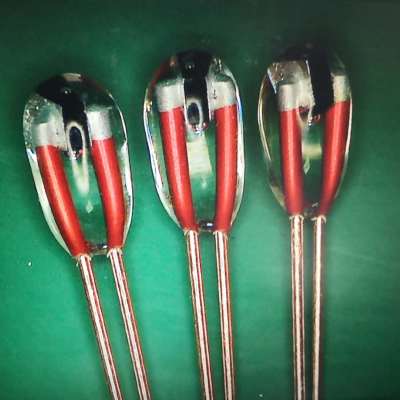Thermistors serve as indispensable components in temperature measurement and control systems, providing precision in an array of industrial, medical, and consumer applications. However, not all thermistors are created equal. The method of encapsulation—whether glass or epoxy—plays a pivotal role in determining the component's durability, response time, and environmental resilience. Selecting the appropriate encapsulation can significantly impact operational reliability, making it imperative to weigh the benefits and drawbacks of each type carefully.
Understanding Thermistor Encapsulation
Encapsulation acts as a protective shield around the thermistor, safeguarding its sensing element from environmental adversities such as moisture, chemicals, and mechanical stress. Beyond protection, encapsulation influences thermal conductivity, response rate, and overall longevity. Glass and epoxy are the two predominant materials employed in thermistor encapsulation, each offering distinct advantages tailored to specific operational requirements.
Glass Encapsulated Thermistors: Features and Benefits
Glass encapsulated thermistors are constructed through a meticulous process involving the sealing of a thermistor bead within a hermetic glass enclosure. This robust encapsulation ensures:
- High-Temperature Tolerance: Withstanding temperatures well beyond 200°C, glass encapsulated thermistors are ideal for extreme thermal environments.
- Exceptional Stability: The glass seal minimizes long-term drift, preserving accuracy even after prolonged exposure to high heat.
- Moisture and Chemical Resistance: Unlike porous coatings, glass provides an impervious barrier against humidity, solvents, and corrosive substances.
These attributes make glass encapsulated thermistors particularly suited for demanding applications such as industrial automation, automotive sensors, and precision medical equipment, where long-term stability and environmental resilience are paramount.
Glass Encapsulated NTC Thermistor
Epoxy-Coated Thermistors: Features and Benefits
Epoxy-coated thermistors are manufactured by dipping or coating the thermistor element with a resin-based epoxy compound. This process yields several key benefits:
- Cost-Effectiveness: The relatively simple and inexpensive encapsulation process makes epoxy-coated thermistors an attractive option for high-volume applications.
- Flexibility and Mechanical Resilience: The semi-rigid nature of epoxy allows for slight flexing, making these thermistors well-suited for applications where mechanical stress is present.
- Rapid Thermal Response: The thinner epoxy layer ensures quicker adaptation to temperature fluctuations, enabling fast-reacting temperature sensing.
Given these advantages, epoxy-coated thermistors find widespread use in consumer electronics, HVAC control systems, and battery management applications where cost efficiency and responsiveness take precedence over extreme durability.
Comparative Analysis: Key Differences and Considerations
Temperature Resistance and Stability
- Glass encapsulated thermistors excel in high-temperature environments, whereas epoxy-coated variants typically operate within a lower temperature range (below 150°C).
- Long-term drift is lower in glass variants, ensuring greater measurement accuracy over extended use.
Environmental Protection
- Glass provides superior resistance to moisture, corrosive agents, and solvents, making it ideal for harsh conditions.
- Epoxy-coated thermistors, while offering moderate protection, are more vulnerable to humidity and chemical exposure.
Mechanical Durability
- Epoxy coatings are more flexible and can endure mild mechanical shocks without cracking.
- Glass encapsulated thermistors, though robust, may be susceptible to breakage under intense mechanical stress.
Response Time
- Epoxy-coated thermistors generally exhibit a faster response time due to the thinner encapsulation layer.
- Glass encapsulation, while more robust, introduces a slight delay in temperature adaptation.
Cost and Manufacturing Scalability
- Epoxy-coated thermistors are more economical and scalable for mass production, making them preferable for budget-conscious applications.
- Glass encapsulated thermistors, while costlier, justify their price with unparalleled reliability and longevity.

Choosing the Right Thermistor for Your Application
The decision between glass encapsulated and epoxy-coated thermistors hinges on multiple factors:
- Operating Environment: If exposure to extreme temperatures, humidity, or corrosive substances is expected, glass encapsulation is the superior choice.
- Precision Requirements: Applications demanding long-term stability and minimal drift benefit from glass-sealed thermistors.
- Budget Constraints: Cost-sensitive applications, particularly in consumer electronics and general-purpose sensing, may favor epoxy-coated thermistors.
- Response Time Needs: For applications where immediate temperature feedback is crucial, epoxy coatings offer a slight advantage.
For industrial-grade applications, automotive sensors, and medical equipment, glass encapsulated thermistors are the preferred choice due to their reliability and resistance to environmental degradation. Conversely, cost-effective consumer devices and HVAC systems can efficiently utilize epoxy-coated thermistors without compromising performance in moderate conditions.
Conclusion
Both glass encapsulated and epoxy-coated thermistors serve critical roles in temperature sensing, each excelling in specific domains. Glass encapsulated thermistors offer unmatched stability and environmental resistance, making them the go-to choice for extreme conditions. Meanwhile, epoxy-coated thermistors provide affordability and fast response times, catering to budget-conscious and general-purpose applications. Understanding the operational demands of your system will guide you toward the optimal selection, ensuring performance, longevity, and cost-effectiveness align with your requirements.








